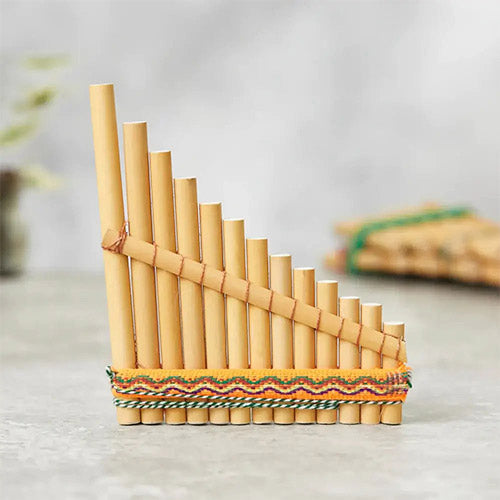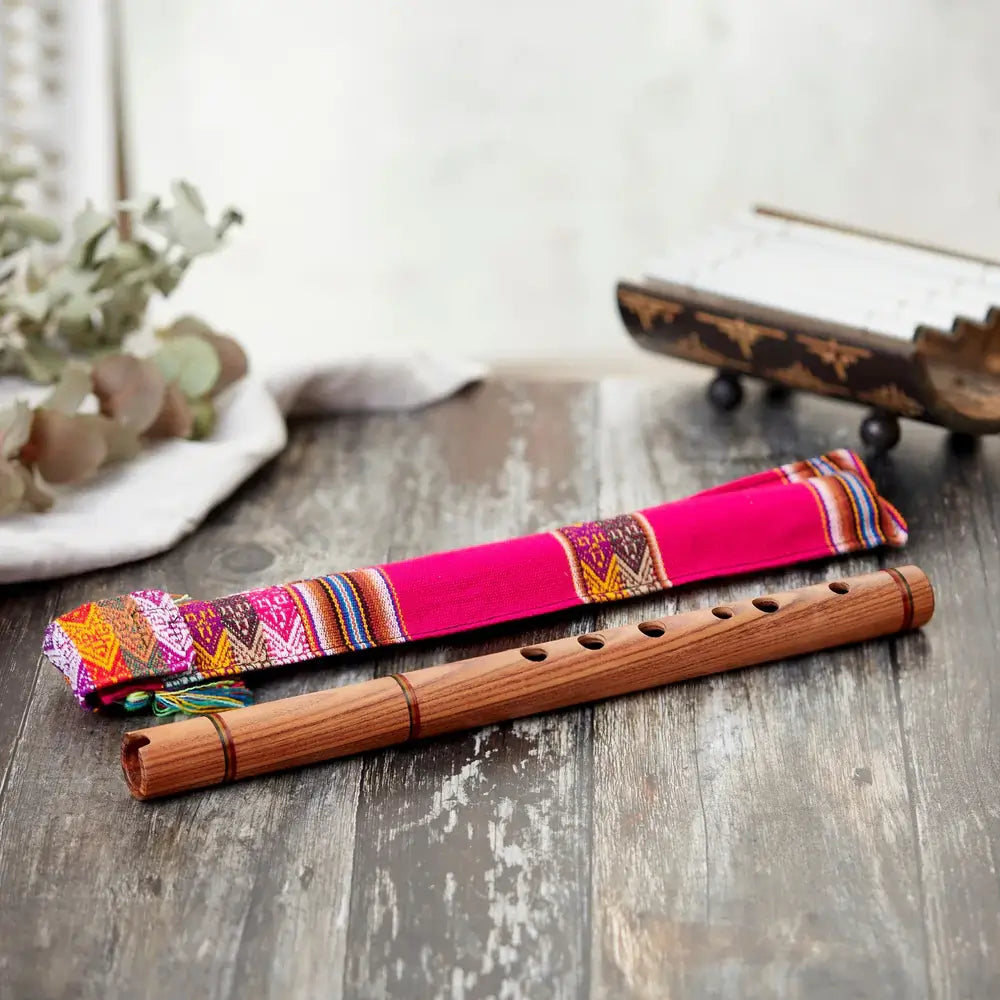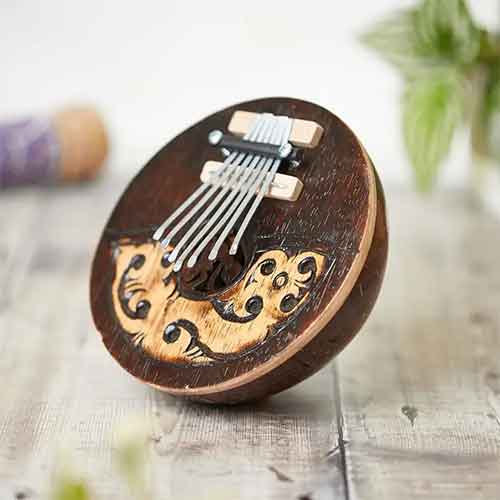In this guide, you will learn how to play the Cabasa. Before getting into the Cabasa itself, let's look at its origins. The Cabasa evolved from traditional rattles found in various cultures around the world. The original rattle was made from a gourd with a net of shells or beads surrounding it.
The sound was created by shaking or rotating the instrument. However, the cabana is a modern invention that was created in the United States in the 1950s. The percussion instrument was designed to emulate the traditional rattle sound but with a refined structure. The Cabasa has a cylindrical body, usually made from wood or plastic, covered with serrated metal, and metal beads or ball bearings attached to it. These beads produce the signature rattling sound when shaken or rotated.
Basic Playing Techniques
When you first pick up a Cabasa, it's helpful to begin with the "doorknob" technique. Hold the Cabasa by its handle and twist it in your hand, mimicking the motion of turning a doorknob. You can rotate it in one direction or both, depending on your playing rhythm. This is a simple but effective technique to get used to the Cabasa. Another basic technique is shaking the Cabasa like a rattle. You can move the Cabasa back and forth, creating a rhythmic sound similar to a shaker. You can also use your other hand to strike the Cabasa to accentuate the sound, similar to playing a tambourine. Try combining the shaking and striking techniques to produce various sounds.
Understanding Different Cabasa Sizes
Cabasas come in various sizes, each producing a slightly different sound. A medium-sized Cabasa is perfect for most people, while a larger Cabasa creates a louder sound, suitable for adult players or teenagers. Smaller Cabasas are ideal for young children, especially those between 5 and 8.
Practicing with Music
Once you're comfortable with the basic techniques, practising with music is the best way to improve. Whether you're listening to traditional rhythms or popular music, find something with a strong, rhythmic pulse you can follow. Practising music will make the process more enjoyable and motivating and help you improve your staying in sync with other instruments.
Advanced Techniques
After learning the basic techniques, you can challenge yourself with more advanced skills. One such method involves playing downbeats and upbeats, similar to tambourine playing. In this technique, your shaking motion remains steady, but you change the position of your hand to create accents at different points in the rhythm cycle.
This adds more depth to your playing. Another advanced technique involves raising and striking the Cabasa while turning it. The beads on your Cabasa must be a bit loose to get the most out of this technique, so it might take some time for them to loosen up. Once they're there, you can strike the Cabasa while raising it, creating a unique sound. The key to this technique is maintaining a steady shaking motion while allowing the beads to spin longer as you change the angle.
Starting with a basic playing style will help you develop the foundation of your playing. When you become comfortable, you can experiment with advanced techniques. It's important not to try the fancy stuff too soon, as it can result in a setback. Start strong and be consistent to improve your skills.












